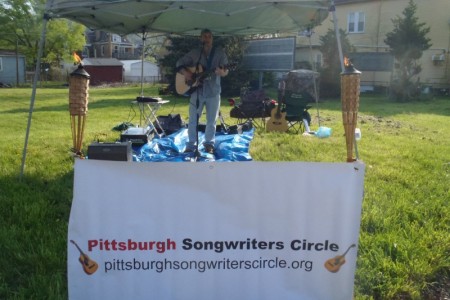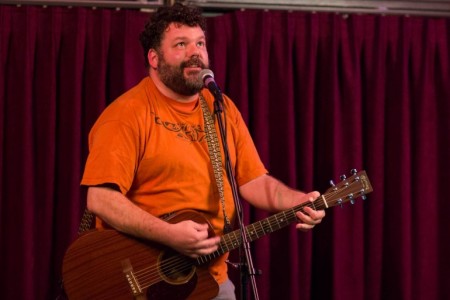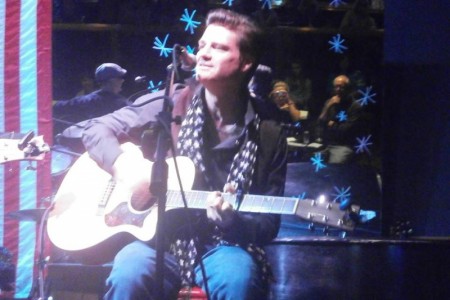April 2019 Assignment
Write a song with a false ending.
Why start stopping and start up again? A song that seems about to resolve but unexpectedly rebounds recaptures the audience’s attention. Just as they’re about to start clapping, or expect the next track to begin, the song returns with a familiar musical phrase and the brain eagerly reconnects.
The Beatles’ “Helter Skelter” and “Strawberry Fields Forever” and Elvis’ “Suspicious Minds” are often cited as songs with classic false endings, but those are really producer-performed fades and returns rather than stop-and-start devices written into the songs.
I’m talking about intentionally teasing the listener with a structural mislead feigning an ending, then returning to the melody. False endings seem to work best if the song appears to end, hangs momentarily, then picks up again precisely on beat.
Check out the following examples and try it yourself. Or if you have a song that’s a few bricks shy of a load, see if you can invigorate it by adding a false ending.
“Symphony No. 90 in C major” by Joseph Haydn, 1788. Performed by Orchestre national de France (scroll to 22:30).
“In the Mood” based on “Tar Paper Stomp” by Wingy Manone. Performed by Glenn Miller Orchestra (three false endings, for full effect scroll to 2:07).
“One for My Baby (And One More for the Road)” by Harold Arlen. Performed by Frank Sinatra (scroll to 2:30).
“What You’re Doing“ by Lennon/McCartney. Performed by The Beatles (scroll to 2:00).
“Hello, Goodbye” by Lennon/McCartney. Performed by The Beatles (scroll to 2:30).
“Rain” by Lennon/McCartney. Performed by The Beatles (scroll to 2:13).
“Thank You” by Robert Plant. Performed by Led Zeppelin (scroll to 2:47).
“Chattahoochee” by Alan Jackson (scroll to 3:30)
“Walkin’ Man” by Guy Clark (scroll to 2:08)




